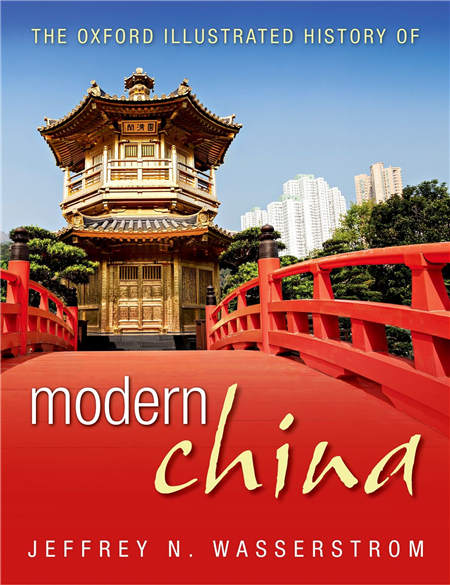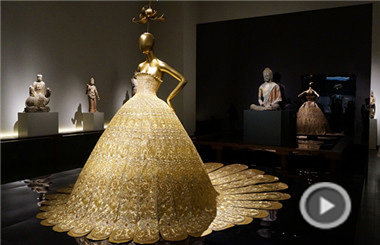Book traces China's rise from Ming era to present day
By Andrew Moody ( China Daily ) Updated: 2016-07-13 07:47:26
 |
|
[Photo provided to China Daily] |
Scholar's compilation of the story of modern China is an Oxford first, Andrew Moody reports.
Jeffrey Wasserstrom says it is a challenge to be a historian of China because it is a country where history always matters.
"I think history has always been seen as significant on multiple different levels and is significant in different ways," the 55-year-old says.
The leading American China expert was speaking in the Bedford Hotel in London, where he was appearing at a series of events to launch The Oxford Illustrated History of Modern China, of which he is the editor.
"One of the first tasks of each new dynasty has been to write a history of the previous one and use the story to explain or justify the new arrangements. The historian therefore has a special role," he adds.
The book, which has taken four years to produce, is the first significant Oxford history of China. Cambridge University, seen as the birthplace of Sinology and where Wade and Giles invented the first Romanization system for Chinese, has its own famous history of the former Middle Kingdom.
Oxford wanted it to work on several different levels, he says: "a book that could be used as a text book but also one that is an enjoyable read".
Slightly smaller than a coffee-table format and beautifully illustrated, the book covers the period from 1550 with China in the ascendancy during the late Ming Dynasty (1368-1644) to the present day.
"There is a nice arc to that period. It goes from a period when China has a relative centrality and strength in the world to the present, another period of relative centrality and strength. It is a different kind of arc to most modern histories that begin with the Opium Wars around 1850 when China was in decline," he says.
|
|
|
|
|
|
|
|























 Raymond Zhou:
Raymond Zhou: Pauline D Loh:
Pauline D Loh: Hot Pot
Hot Pot Eco China
Eco China China Dream
China Dream China Face
China Face






